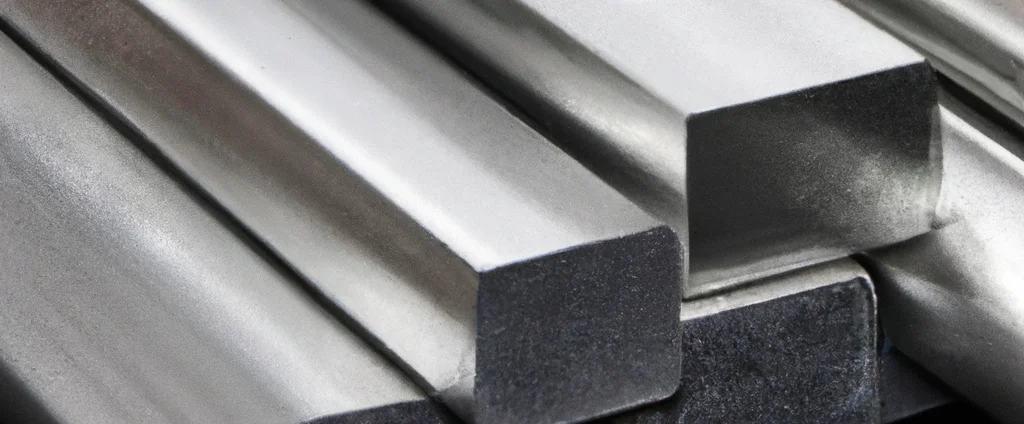Aluminum Alloy 3003 (UNS A93003)

Aluminum 3003 is a manganese-alloyed wrought aluminum alloy with added copper for enhanced strength, formability, and corrosion resistance, widely used in sheet metal and heat exchangers.
| Chemical Composition | ||
|---|---|---|
| Element | Min | Max |
| Aluminum | 96.8% | 99.0% |
| Copper | 0.05% | 0.2% |
| Iron | —— | 0.7% |
| Manganese | 1.0% | 1.5% |
| Silicon | —— | 0.6% |
| Zinc | —— | 0.1% |
| Residuals | —— | 0.15% |
The following table provides a list of aluminum 3003 properties in both SI and US customary/Imperial units.
Click on the button to switch between Metric and Imperial units.
| Physical Properties | Metric |
|---|---|
| Density | 2730 kg/m3 |
| Mechanical Properties | Metric |
| Tensile Strength | 95 - 135 MPa |
| Yield Strength | 40 - 125 MPa |
| Young’s Modulus (E) | 70 - 80 GPa |
| Shear Modulus (G) | 26 GPa |
| Elongation at Break | 10% |
| Poisson’s Ratio (ν) | 0.33 |
| Brinell Hardness | 35 - 55 HB |
| Thermal Properties | Metric |
| Melting Point | 640 - 655 °C |
| Thermal Conductivity | 140 - 160 W/m·K |
| Specific Heat Capacity (Cp) | 890 J/kg·K |
| Coefficient of Thermal Expansion (αL) | 2.32×10-5 1/°C |
| Electrical Properties | Metric |
| Electrical Conductivity | 2.6×107 S/m |
| Electrical Resistivity | 4.0×10-8 Ω·m |
The values in this table are approximate and can vary depending on various factors such as the specific manufacturing process and heat treatment applied to the alloy.
Advantages & Disadvantages of Aluminum 3003
| Advantages | Disadvantages |
|---|---|
| Corrosion resistance | Lower strength |
| Good formability | Limited heat treatability |
| Good weldability | Limited machinability |
| Lightweight | Limited electrical conductivity |
Applications of Aluminum 3003
Aluminum 3003 is the go-to alloy for industries requiring lightweight, corrosion-resistant, and easily fabricated materials, including:
- Sheet metal work: Commonly used for roofing, siding, gutters, and downspouts due to its excellent formability and corrosion resistance.
- Cooking utensils: Ideal for pots, pans, and baking sheets because of its good heat conductivity and resistance to corrosion.
- Packaging: Widely employed for cans, foil, and containers owing to its light weight and ability to protect against moisture and oxygen.
- Heat exchangers: Frequently chosen for air conditioning, refrigeration, and automotive radiators due to its good thermal conductivity.
- Signage: Popular for outdoor signs because of its durability against weather exposure and ease of fabrication.
- Electrical components: Used in bus bars, transformers, and heat sinks thanks to its thermal conductivity and cost-effectiveness.
- Marine applications: Suitable for boat hulls, decks, and railings as it resists corrosion in saltwater environments.
